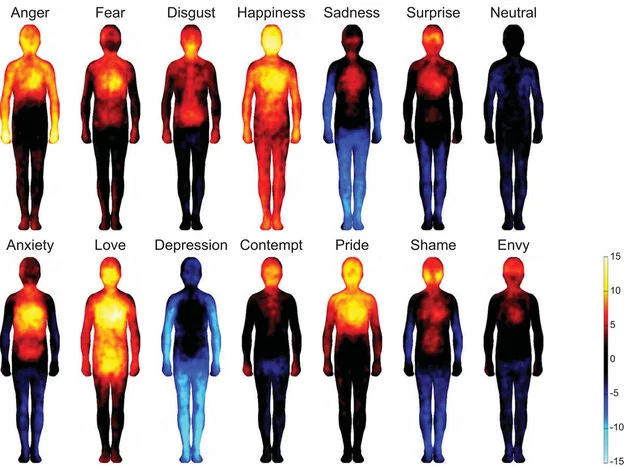Ever feel like there’s a ghost in the room? Researchers studying a dozen patients with neurological conditions say they’ve figured out where that "feeling of a presence" phenomenon comes from. And now they’ve built a robot that recreates that very same feeling, just by sending mixed-up sensory and motor signals to the brain. The work was published in Current Biology this week.
A team led by Olaf Blanke of Ecole Polytechnique Fédérale de Lausanne worked with 12 patients who had conditions such as epilepsy, stroke, migraine, and tumors. As a result of the underlying damage, the patients sometimes perceived invisible "presences" for seconds, minutes even. Using brain imaging, the team traced these misperceptions to damage in any one of three regions: the temporoparietal, insular, and frontoparietal cortex. Different brain lesions have their associated sensory and motor deficits. And that spooky feeling results when the brain fails to properly integrate different signals received from the limbs, Nature explains. These signals, often generated by touch, give us information about where we are in space and time.
So how is it that healthy people also experience the "feeling of a presence?" The team suspect it's caused by confusion over the source and identity of sensorimotor signals: People misattribute their own signals or bodily movements as something "other," resulting in the ghostly sensation. "You are convinced that there is something, but you don't see anything, you don't hear anything,” Blanke tells New Scientist.
To test this, the team built a “master-slave” robot system (above) that allowed them to apply physically impossible sensorimotor conflicts. For example, the robot made the healthy recruits feel as though they were reaching out in front of them and touching their own backs. That’s because the blindfolded recruits were using their hands and fingers to maneuver the arm of a master robot in front of them, while another robot behind them would poke them using a similar movement at the same time.
But when there was a half-second delay in the poke, the participants felt that there was someone (or something) standing behind them. "Thirty percent of the healthy participants spontaneously reported the feeling of having somebody behind them, touching them," Blanke says in a news release. To resolve the spatiotemporal conflict in their head, the recruits generated the illusion that the touch was not caused by themselves, but by the "other." You can watch the participants using the robots here and here.
Some participants even started to feel as though their bodies were drifting backward in space, toward the mysterious other. And when the researchers told some recruits that up to four people may have been in the room with them, the participants who experienced a delayed touch said they definitely felt there were people in the room—sometimes mulitple people, even though they were actually alone with the robots.
The robot-induced "presence" was so disconcerting for two of the participants, they wanted to stop the experiment. The findings may also help explain schizophrenic hallucinations as well as "the third man" phenomenon experienced by mountaineers.












